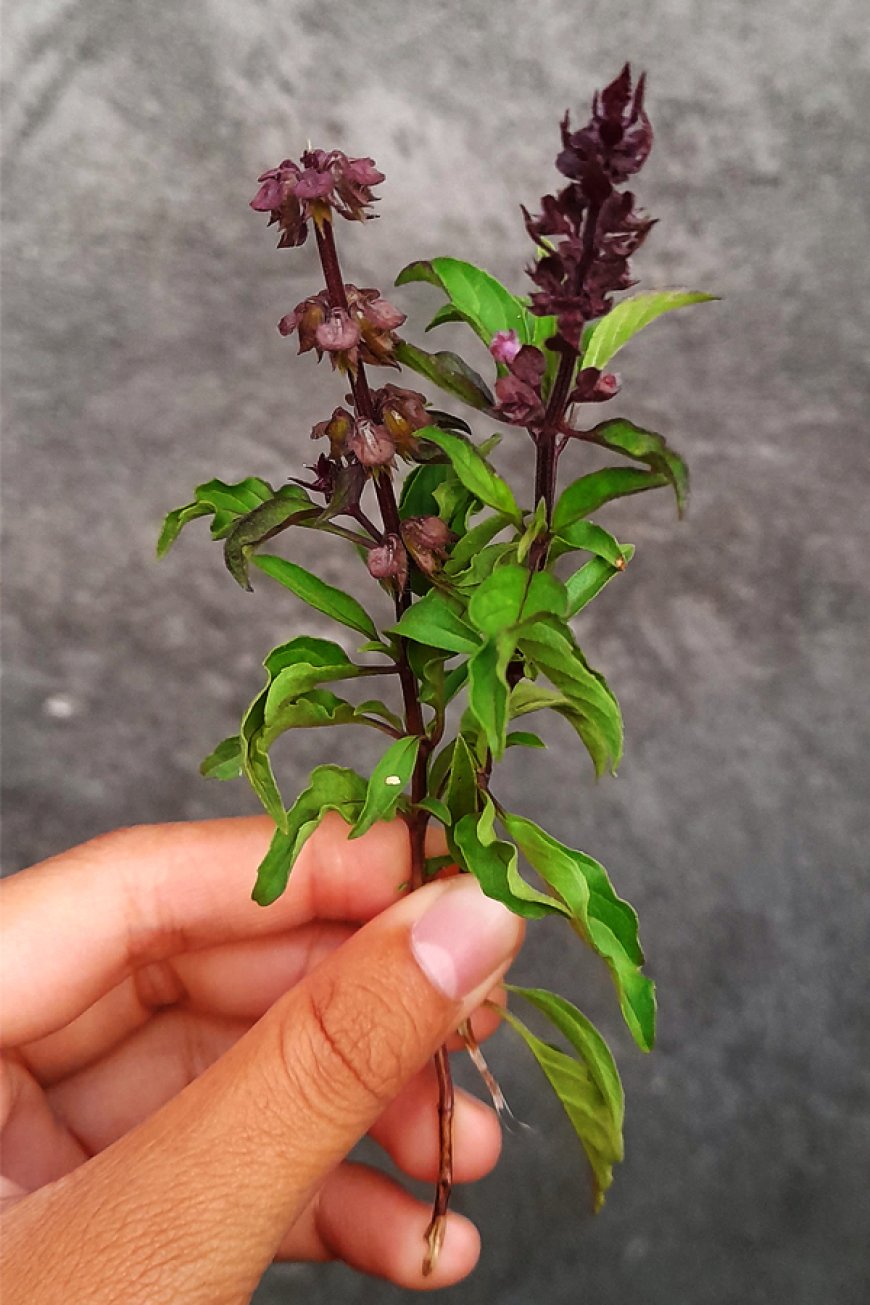Selasih : Basil Plant with many Health Benefits
Selasih is a basil plant whose leaves are often used as an additional ingredient in cooking. However, apart from being an additional ingredient in cooking, selasih can also be used as a herbal plant for traditional medicine in Usadha Bali. Usadha Bali is the term for traditional healing procedures that exist and are developing in Bali. Below, see further explanation.

There are lots of plants around us that can be used as medicinal plants, one of which is selasih. The selasih plant is known by the Latin name Ocimum basilicum which comes from the genus Ocimum. The name of the selasih plant itself varies in each region. For example, in Java, selasih is called telasih, then in the Malay community, selasih is called selaseh, and in the Minahasa community, selasih is called amping and kukuru. Apart from that, in Sanskrit, selasih is called Tulasi which refers to the holy basil plant or selasih miik. And in English, selasih is called sweet basil.
The name basil itself comes from Ancient Greek, namely basileus which means king. This plant is an ancient plant that has been known and even cultivated since the time of Ancient Egypt around 3000 years ago. No one knows for sure where this plant comes from because this plant is spread in many countries. However, this plant is believed to originate from the Asian region, especially India and Southeast Asian countries, such as Thailand.

Selasih (Source : Author Collection)
Selasih miik or holy basil is an upright, multi-branched shrub, 30-60cm tall with purple flowers. Selasih miik is used in the dewa yadnya ceremony, manusa yadnya (penglukatan), and can also be used as a mixture for boreh.
In the usadha bali, selasih plants are included in the usadha rare. Usadha rare is one of the usadha which discusses the treatment of children using plant concoctions. In Usadha rare, it is stated as follows.
“Ta rare watuk sa. Selasih miik, padang lepas, temu tis, ketumbah sembar awaknya.”
Which means that the medicine for children who cough is made from Tulasi leaves, loose grass, temu tis, coriander, all of which are chewed and sprayed on the child's chest. This concept is the same as meboreh, but not by smearing it but by spraying it.

Boreh Selasih (Source : Author Collection)
Apart from usadha rare, selasih plants are also used in other usadha bali, namely usadha cukildaki. Usadha cukildaki is one of the traditional Balinese healing texts contained in palm leaves containing knowledge about various health problems and their treatment.
The meaning of medicine in the Usadha Cukildaki lontar is a belief in the worship of God in various forms to save and provide healing to the community through the treatment method brought by Sang Hyang Cukildaki in the form of boreh or concoction, loloh or herbal medicine that uses natural ingredients, spices, and various medicinal plants.
In usadha cukildaki, selasih plants are used to treat hot and sore stomachs. Symptoms include a stomach feeling hot, sore, and the stomach muscles feeling tense. This disease can be treated with selasih leaves, betel fruit, old dadap leaves, temu tis, lime, fried onions, coconut oil and water. All the ingredients are cooked until cooked, then squeezed to extract the water for drinking.
Apart from selasih flowers and leaves, selasih seeds also have health benefits because they contain many useful active compounds. For example, it contains various types of antioxidants to increase the body's endurance. Contains pectin in the form of soluble fiber which is useful for maintaining normal cholesterol levels. Also, the mineral content including iron, calcium and magnesium in basil seeds is able to maintain bone health.




























































